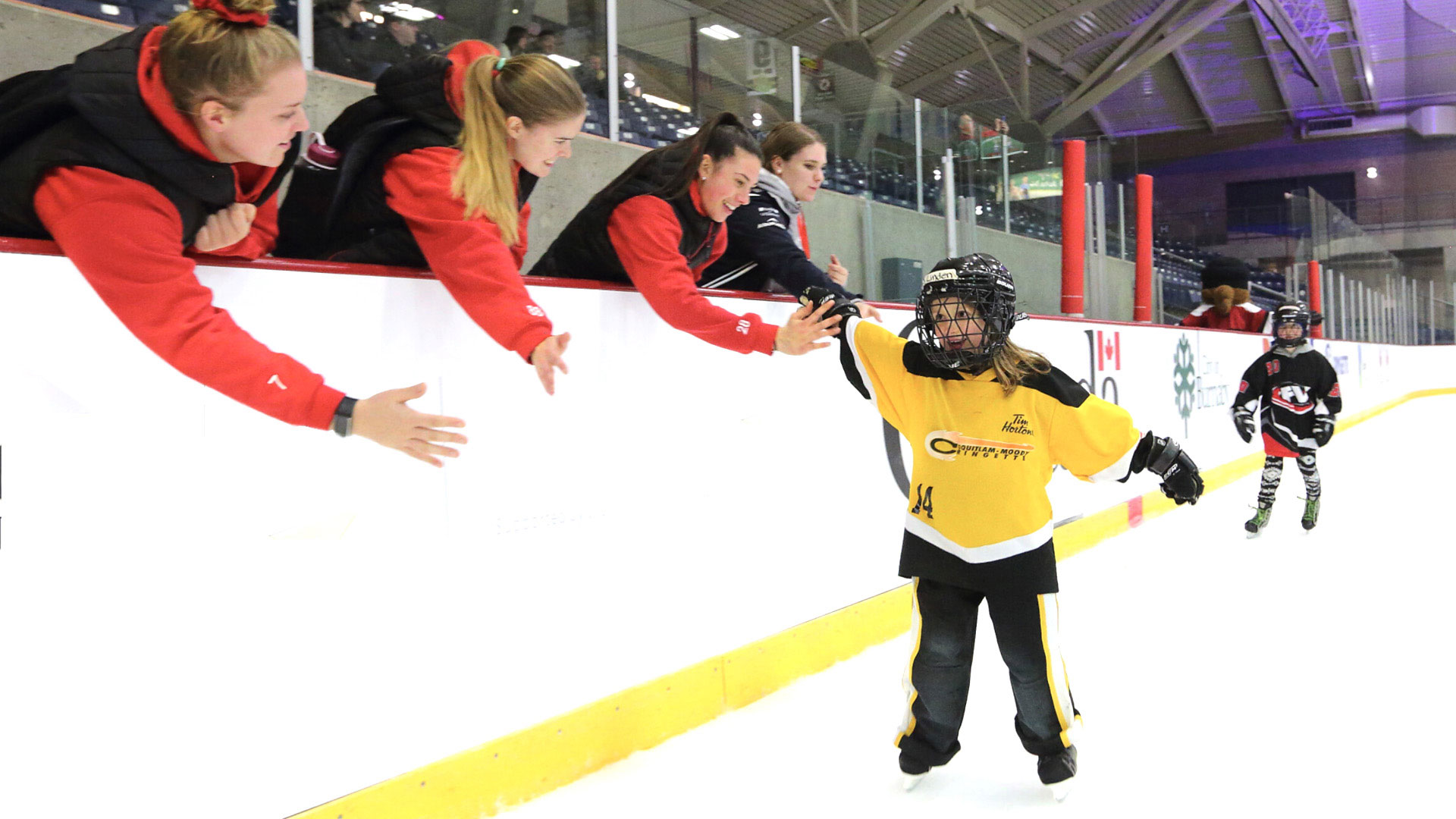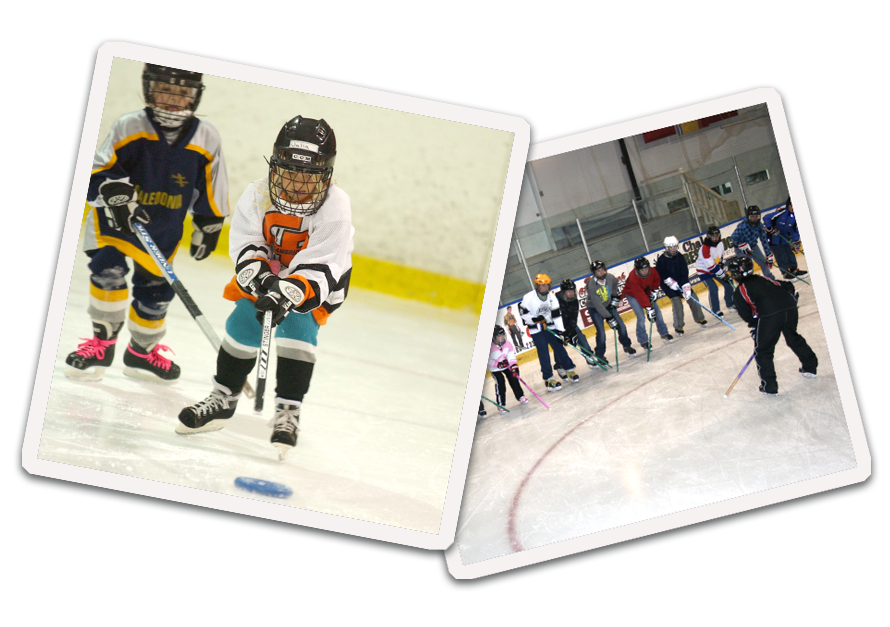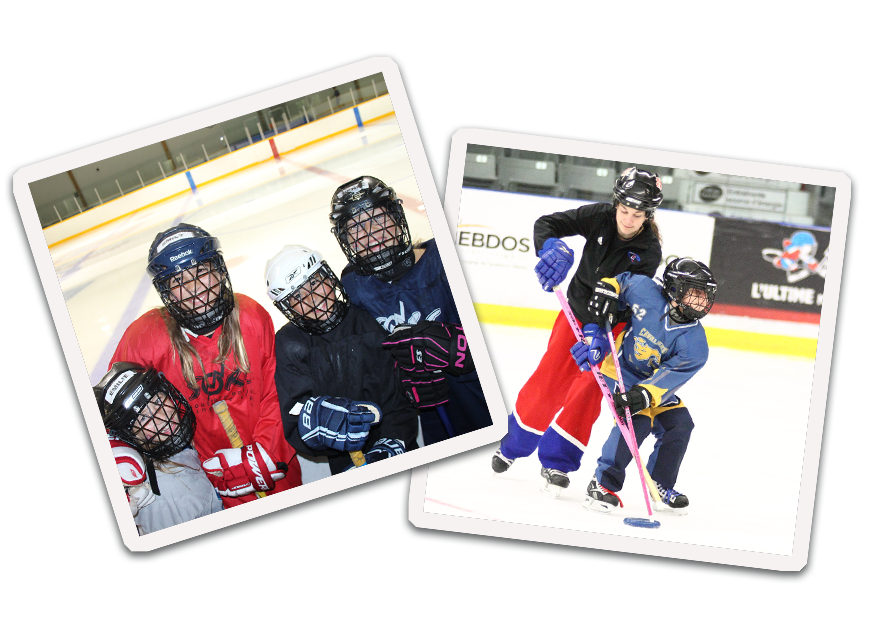
Children’s Ringette
A fun way to develop valuable skills
There are many reasons for children to participate in ringette. Aside from being fast, fun and full of opportunities to make friends, ringette also helps kids to develop a variety of valuable skills.
Benefits of children's ringette
Develops skating, shooting and passing skills.
Strengthens social skills and encourages teamwork.
Facilitates friendships that can last a lifetime.
Builds confidence on and off the ice.
Provides a positive and inclusive environment.
Ringette Canada takes children’s safely and wellbeing seriously. We promote Safe Sport, a model that fosters safe and inclusive environments that are free of abuse, harassment and disrimmination.
We developed the Children's Ringette Program to introduce children under the age of 10 to ringette.
The program is tailored to suit each child's developmental stage, rather than their age. They are able to develop foundational ringette skills, such as skating and ring control, and move up when they're ready.
As of 2020, we are now recommending that the U8, U9 and U10 age categories be replaced with one program with progressive divisions: FUN1, FUN2, FUN3
FUN1 – Cross or Half-Ice Games
FUN2 – Cross or Half-Ice Games
FUN3 – Full Ice Games
Children's Ringette Program highlights
- Tailored to each child's age, size and skill level.
- Grouped by developmental stage rather than age.
- Children move up when they're ready.
- Emphasizes fun and fundamental skills.
- Reduced players on ice increases engagement.
- Adapted game with a smaller playing area and small nets.
A smaller playing area for a faster game
For children's ringette we scale the game to the size of the player. This means using a smaller playing area, which increases opportunities to compete for the ring.
It also improves reaction times and helps kids recognize patterns of play. With a smaller area, children can hone their skating, passing and decision-making skills.
Children's Ringette Assessment Tools
We use assessment tools to ensure that players are in the right division for their physical size, maturity and skill level.
Still have questions? Check out the Children’s Ringette FAQ!
Coaching small-area games is not much different than coaching a traditional game and players will quickly adjust.
Here are some tricks to help you prepare:
- Use small-area games in practice. Don’t wait for a tournament.
- Start with simple rules that reinforce skill development and promote inclusiveness, then build on them. For example, every player must touch the ring, then make three passes before taking a shot.
- Get quickly into action and then provide feedback.
- Keep it fun and be creative.
Practice planning
Divide the ice into two, three, four or more sections. Dedicate some sections to skills and others to small-area game. Choose game rules that reinforce the skills that you are teaching during the practice.
Sample practice plans
We have provided practice plans for FUN1 and FUN2 below.

